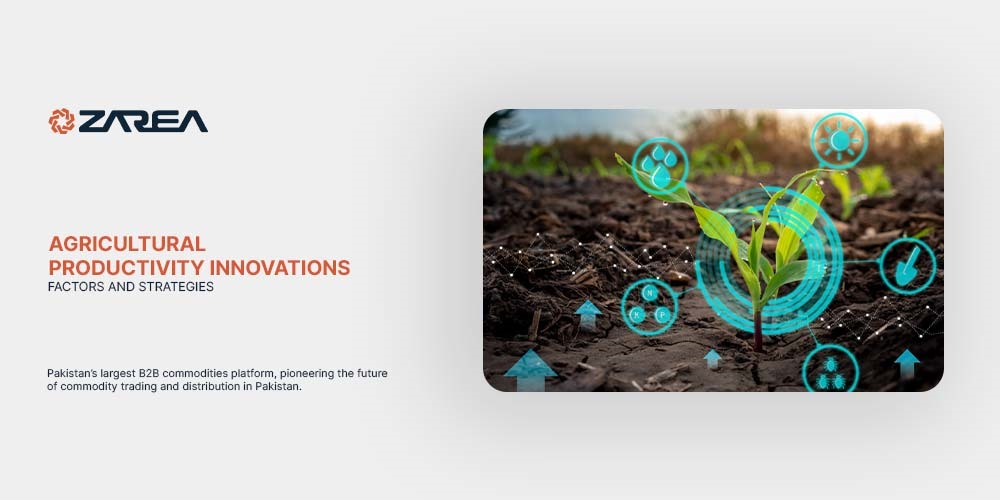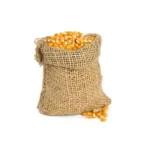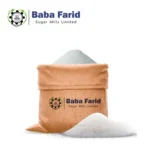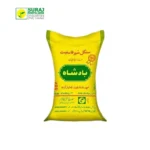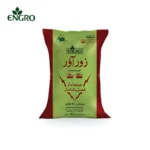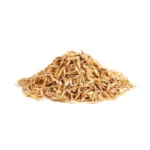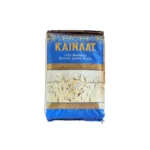Introduction – Agricultural Productivity:
Agriculture is base for many economies, giving food and jobs and raw stuff. But, increasing how much we grow is key to meet the growing world need for food, tackle climate change issues, and support farming that lasts well.
Agricultural productivity is typically assessed by the market value of the end product. This productivity can be contrasted with various types of inputs like labor or land. These comparisons are referred to as partial indicators of productivity.
Farm productivity is very important for food safety. Making farm productivity better with earth-friendly ways can lower the land needed for farming and help lessen harm to the environment and climate change from stuff like cutting down trees.
Grow big food stuff is super important for making more plants grow, wasting less things, and keeping food around. This paper looks at what things affect growing food good and how to make new ideas happen in farming world.
Key Factors Influencing Agricultural Productivity:
Many things affect how much food we grow, like new tech stuff, nature conditions, and money rules. How well crops do changes when farming methods change or better machines are used. Several key elements that affect agricultural productivity have included:
Technological Progressions
- Precision Agriculture – Utilizing GPS, IoT, and AI-driven tools enables farmers to maximize resource efficiency.
- Genetically Engineered (GE) Crops – GE crops provide greater yields and immunity to pests and illnesses.
- Intelligent Irrigation Systems – Drip irrigation and automated watering minimize water loss.
Weather and Ecological Factors
- Soil vitality and nutrient content directly influence agricultural yield.
- Severe weather conditions, droughts, and inundations impact agricultural production.
- Sustainable farming techniques such as crop rotation and organic agriculture support soil health.
Policies and Support from the Government
- Subsidies for contemporary machinery, fertilizers, and seeds enhance agricultural productivity.
- Funding for agricultural research and innovation results in improved farming methods.
- Trade regulations impact the supply and cost of agricultural products.
Availability of Funding and Infrastructure
- Access to credit and loans allows farmers to invest in advanced technology.
- Effective transportation and storage systems eliminate losses after harvest.
- Access to markets and equitable pricing guarantee farmers’ profitability.
Human Resources and Learning
- Programs aimed at farmers encourage optimal farming methodologies.
- Utilizing digital platforms and mobile applications offers immediate agricultural guidance.
Strategies & Impacts to Drive Agricultural Productivity Innovation:
The efficiency of farms in a region is significant for several reasons. In addition to supplying more food, enhancing farm productivity influences the region’s growth potential and competitiveness in the agricultural market, income distribution and savings, as well as labor migration. A rise in a region’s farming output indicates a more effective allocation of limited resources. As farmers embrace new methods and variations, the more efficient farmers enjoy an improvement in their welfare, while those who are less productive will leave the market in search of success in other areas.
As a region’s agricultural operations gain efficiency, its comparative benefit in farming goods rises, indicating it can create these items at a reduced opportunity cost compared to other areas. Consequently, the region enhances its competitiveness in the global market, allowing it to draw more buyers as they can purchase a greater quantity of the available products for the same expenditure. When productivity enhancements cause food prices to drop, this naturally results in rises in real income in other areas.
To improve agricultural output, a mix of technology, policy initiatives, and farmer-focused strategies should be applied.
Implementation of Intelligent Farming Technologies
- AI and Machine Learning – Forecast weather patterns, enhance water efficiency, and identify pests/diseases.
- Drones and Satellite Imagery – Track plant health and identify nutrient shortages.
- Blockchain Technology – Guarantee transparency in food supply chains and avoid fraud.
Eco-Friendly Agricultural Methods
- Conservation Agriculture – Reduce soil disruption and preserve biodiversity.
- Organic Farming – Minimize chemical application and encourage natural fertilizers.
- Agroforestry – Incorporate trees into agricultural areas for advantages in soil and climate.
Enhancing Agricultural Research and Development
- Investment in crop enhancement research by both government and private sectors.
- Creation of climate-adaptive plants to endure severe weather events.
- Implementation of seeds that are high-yielding and resistant to diseases.
Enhancing Supply Chain and Market Entry
- Improvement of rural roadways and storage systems to minimize losses after harvest.
- Growth of online platforms for direct sales from farmers to consumers.
- Promoting equitable trade regulations to shield farmers from price volatility.
Improving Farmer Knowledge and Instruction
- Training sessions and workshops focusing on contemporary farming methods.
- Mobile advisory services providing real-time assistance on fertilizers, weather conditions, and pest management.
- Promoting knowledge exchange within the farming community.
The Future of Agricultural Productivity Innovation:
Agriculture impacts climate and environment a lot. Some see boosting productivity on existing land, called intensification, as key for climate change mitigation. This method makes farmers not want more land, which may help lower land damage or forest cutting. Using sustainable farming techniques in intensification can help keep farming viable over the long run. It allows future generations to meet their needs while still taking care of nature.
With the progression of technology and the rising importance of sustainable methods, the forthcoming agricultural productivity will be influenced by:
- Smart farms powered by AI enhancing production efficiency
- Vertical and urban agriculture tackling land limitations
- Farming methods that withstand climate-related issues to address environmental challenges.
- Incorporation of renewable energy (solar-powered irrigation) into agricultural practices.
Final Thoughts:
Advancements in agricultural productivity are essential for maintaining food security, fostering economic development, and supporting environmental sustainability. By employing technology, research, and policy-driven strategies, the agricultural industry can enhance efficiency while ensuring long-term sustainability. Nonetheless, improving agricultural output on smallholder farms is an essential way to raise farmer incomes in developing Pakistan.
Investing in agricultural innovation with Zarea now will ensure a thriving and food-secure future for the generations ahead!
FAQ’s:
What do you mean by agricultural productivity?
It can be described as a metric for efficiency in an agricultural production system that utilizes land, labor, capital, and other associated resources.
What is the agricultural productivity of Pakistan?
Farming is the largest industry in our economy. A large portion of the population depends on this sector, whether directly or indirectly. It accounts for about 24 percent of Gross Domestic Product (GDP), comprises half of the employed labor force, and serves as the main source of foreign exchange revenue.
What is the meaning of crop productivity?
Crop productivity (or yield) denotes the total annual plant output, commonly known as net primary productivity. The crop yield can be categorized by tissue type (grain, leaves, stems, etc.) based on how the plant is used.
Which country has the highest agricultural productivity?
The World’s Biggest Agricultural Production Nation is China. China is recognized as the biggest agricultural producer globally, producing 1095 million MT of agricultural goods and making a substantial contribution to the worldwide food supply. China stands as a top producer of vital crops like rice, wheat, and corn.
What is Pakistan main agricultural product?
Pakistan is one of the world’s top ten producers of wheat, cotton, sugarcane, mangoes, dates, and kinnow oranges, and it ranks 10th in rice production. Main crops (wheat, rice, cotton, and sugar cane) represent about 4.9 percent, while secondary crops add 2.1 percent to the nation’s total GDP.

